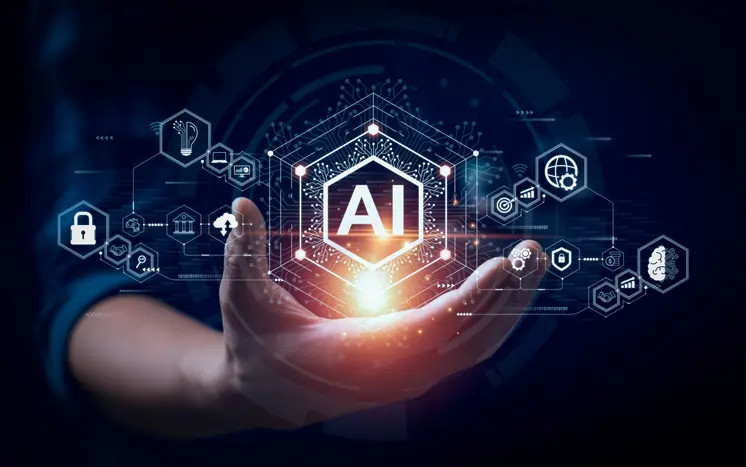
In the realm of cutting-edge technology, the creation of artificial intelligence (AI) stands as a pinnacle achievement, promising to reshape the future. From powering virtual assistants to driving autonomous vehicles, the applications of AI are vast and transformative. In this comprehensive guide, we will delve into the intricacies of how to create an AI, demystifying the process for both enthusiasts and budding developers.
Understanding the basics:
Before embarking on the journey to create an AI, it’s crucial to grasp the foundational concepts. AI is built on the principles of machine learning (ML), a subset of AI that empowers systems to learn and improve from experience without explicit programming. Familiarize yourself with key terms such as algorithms, datasets, and models, as they form the building blocks of any AI endeavor.
Choosing the right framework:
Selecting the appropriate framework is paramount when diving into AI development. TensorFlow and PyTorch are two of the most popular open-source frameworks, each offering unique advantages. Consider the specific requirements of your project, as well as your familiarity with the framework, to make an informed decision.
Data collection and preprocessing:
Data is the lifeblood of AI, and the quality of your dataset directly influences the performance of your model. Collect relevant data, ensuring it is diverse, representative, and of sufficient volume. Preprocess the data meticulously, addressing issues such as missing values, outliers, and normalization. A well-prepared dataset lays the foundation for accurate and robust AI models.
Selecting the right algorithm:
The choice of algorithm depends on the nature of your project. Whether you opt for supervised learning, unsupervised learning, or reinforcement learning, understanding the nuances of each is crucial. Dive into the specifics of regression, classification, clustering, and reinforcement algorithms to align your AI model with the desired outcome.
Model training and evaluation:
Training an AI model involves feeding it with labeled data, allowing it to learn and adjust its parameters iteratively. Monitor the training process closely, validating the model’s performance on separate datasets. Implement techniques like cross-validation to ensure the generalizability of your AI model, preventing overfitting and enhancing its real-world applicability.
Fine-Tuning and optimization:
Refining your AI model is an ongoing process. Fine-tune the hyperparameters, experiment with different architectures, and explore optimization techniques to enhance performance. Keep an eye on computational resources, as optimizing for efficiency is crucial, especially in resource-intensive AI projects.
Integration and deployment:
Once satisfied with your AI model, the next step is integration into your desired application. Develop a user-friendly interface and deploy your model in the chosen environment. Cloud services such as AWS, Azure, and Google Cloud offer scalable solutions for AI deployment, simplifying the process and ensuring accessibility.
Ethical considerations in AI:
As AI technologies advance, ethical considerations become increasingly important. Address issues related to bias, fairness, and transparency in your AI model. Strive to create inclusive and unbiased algorithms, adhering to ethical guidelines to ensure the responsible use of AI in various applications.
Future trends in AI:
The landscape of AI is ever-evolving, with constant breakthroughs and innovations. Stay abreast of the latest developments, including advancements in natural language processing (NLP), computer vision, and reinforcement learning. Continuous learning is key to remaining at the forefront of AI technology.
In conclusion, C=creating an AI is a multidimensional journey that requires a combination of technical expertise, creativity, and ethical awareness. By following this step-by-step guide, you can embark on the exciting endeavor of bringing artificial intelligence to life. Remember, the future of technology is shaped by those who dare to explore the limitless possibilities of AI.


